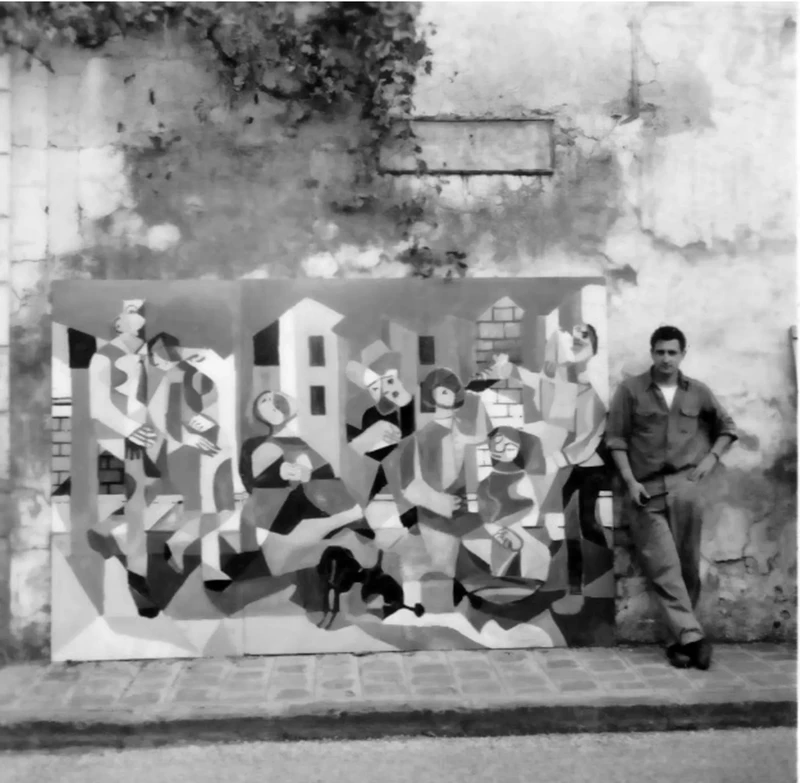Paul Georges


b. 1923, United States
d. 2002
Georges fearlessly explored a number of genres including narrative painting, self-portraiture, still life, landscape, and political allegory, and achieved a highly distinctive style.
Born in 1923 in Portland, OR to a Greek father and Jewish mother, and emerging to prominence in the mid-1950s as one of the New York School artists, Paul Georges, who studied with Fernand Léger and Hans Hofmann, sought to bring the energy of Abstract Expressionism to representational painting. He fearlessly explored a number of genres including narrative painting, self-portraiture, still life, landscape, and political allegory, and achieved a highly distinctive style.
In the 1960s, Georges’ practice evolved from an engagement with the Cézannesque figure composition when he felt compelled to respond to the social and political turmoil of America. After painting his first overtly political study of JFK’s Dallas motorcade, Georges adopted the large format of history painting to cast light on social, political, and artistic issues. He was heavily criticised by politically conservative critics, and even had a brush with the libel laws in the early 70s, winning his case on appeal. His work also met controversy in its stylistic excess and brash sensuality. As one of the leading American figurative painters, he was always out of sync with the artistic fashions of his day but his unique, humanistic approach to painting now looks highly relevant. The political content of Georges’ paintings is inseparable from his relationship to art history for they are steeped in the precedents of his medium, frequently taking inspiration from compositions and motifs of Breughel, Goya, Courbet, Manet, and Ensor, executed in an unmistakable bravura style. And yet, his work never falls into historical pastiche—it is always emphatically of its own moment.
In the 1980s Georges’ varied approach saw him tackle themes relating to AIDS and urban homelessness as well as luxuriant allegories teeming with muses floating naked in Tiepolo skies. For Georges, the archetypal myths continued to have strong, contemporary relevance. In the last twenty years of his life, he divided his time between downtown Manhattan and a farmhouse in Normandy, where he died 2002. In the New York paintings, he integrated the personal with the political, while in Normandy he concentrated on depicting the Northern French landscape, particularly his garden, where he made paintings that at once showed the beauty of the vegetation and the ecological threat to it from vapour trails crossing the blue skies. In these large-scale, late figurative paintings Georges exploited his deep knowledge of colour and abstraction to the full.